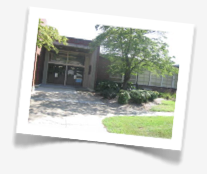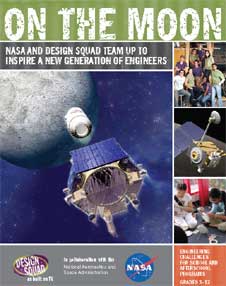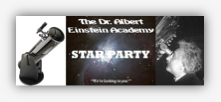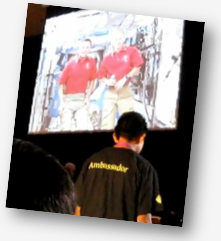
Link to the NES Virtual Campus home page.

Link to the NES Virtual Campus home page.
 Here is a modified activity from Fingerprints of Life, “It’s Just Right” module. Invite your students to discuss what is meant by an extremophile and extreme environment. In this activity, students design and implement an experiment to test the extremes at which Saccharomyces cerevisiae, one-celled organisms commonly known as baker’s yeast, can metabolize, as measured by the production of carbon dioxide. The students work in groups to test the limits of salinity.
Here is a modified activity from Fingerprints of Life, “It’s Just Right” module. Invite your students to discuss what is meant by an extremophile and extreme environment. In this activity, students design and implement an experiment to test the extremes at which Saccharomyces cerevisiae, one-celled organisms commonly known as baker’s yeast, can metabolize, as measured by the production of carbon dioxide. The students work in groups to test the limits of salinity.Link to the NES Virtual Campus home page.

Link to the NES Virtual Campus home page.
 One of the challenges in education is to modify an activity to address objectives in multiple subject areas, challenging students to use skills from different subject areas to solve a problem. NASA Explorer Schools educator Chris Deleon at Hudson Middle School added a twist to the On Target content module that reached beyond the fundamental standards the activity covers.
One of the challenges in education is to modify an activity to address objectives in multiple subject areas, challenging students to use skills from different subject areas to solve a problem. NASA Explorer Schools educator Chris Deleon at Hudson Middle School added a twist to the On Target content module that reached beyond the fundamental standards the activity covers. On the clear autumn night of Nov. 19, approximately 250 students and parents at Dr. Albert Einstein Academy, School #29, circulated among four activity stations relating to astronomy. The stations included telescope viewings of the moon, Jupiter and its moons, a virtual night sky tour in the planetarium, and two learning activity tables.
On the clear autumn night of Nov. 19, approximately 250 students and parents at Dr. Albert Einstein Academy, School #29, circulated among four activity stations relating to astronomy. The stations included telescope viewings of the moon, Jupiter and its moons, a virtual night sky tour in the planetarium, and two learning activity tables.To learn more about how NASA Explorer Schools educator Tracy Espiritu and the teachers at the academy pulled off this successful astronomy night, read the Astronomy Night at School 29 post in the Ideas for family night events post in the ~Other NASA-related Activities I’ve Done forum in NEON.
 As a result of student interest generated by a recent NASA downlink at Johnston Middle School, NASA Explorer Schools educator Lanena Berry reports the school has instituted a Space Explorer’s Club. So far this year, club members have researched the SPHERES satellites on the International Space Station. Students have been introduced to NASA’s website and participated in the NES module, Engineering Design Challenge: Spacecraft Structures (must be logged into the NES Virtual Campus website).
As a result of student interest generated by a recent NASA downlink at Johnston Middle School, NASA Explorer Schools educator Lanena Berry reports the school has instituted a Space Explorer’s Club. So far this year, club members have researched the SPHERES satellites on the International Space Station. Students have been introduced to NASA’s website and participated in the NES module, Engineering Design Challenge: Spacecraft Structures (must be logged into the NES Virtual Campus website).